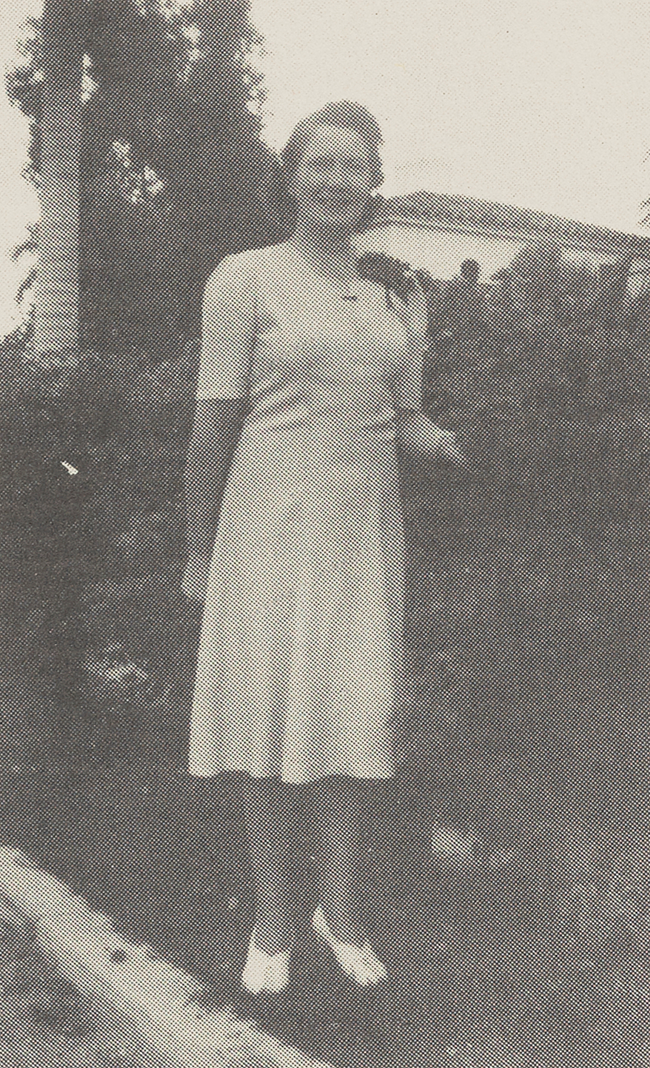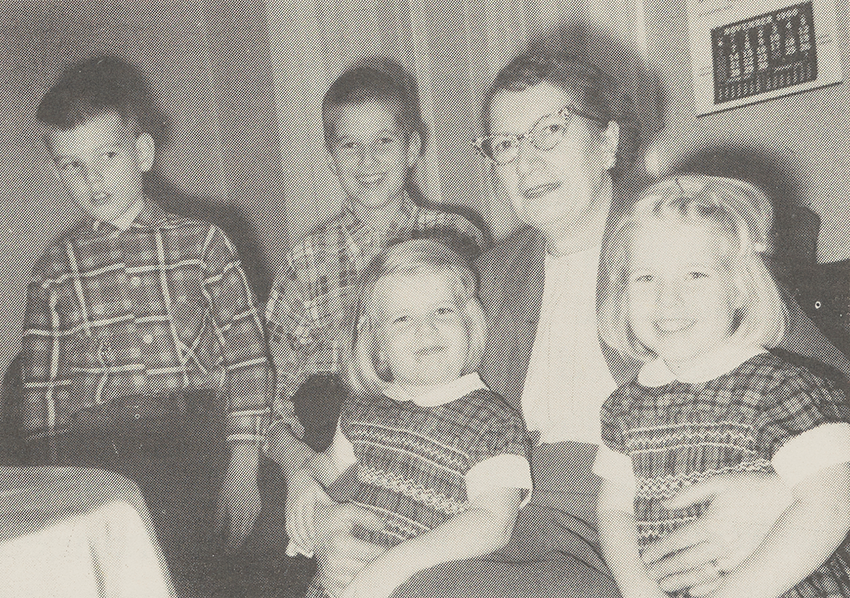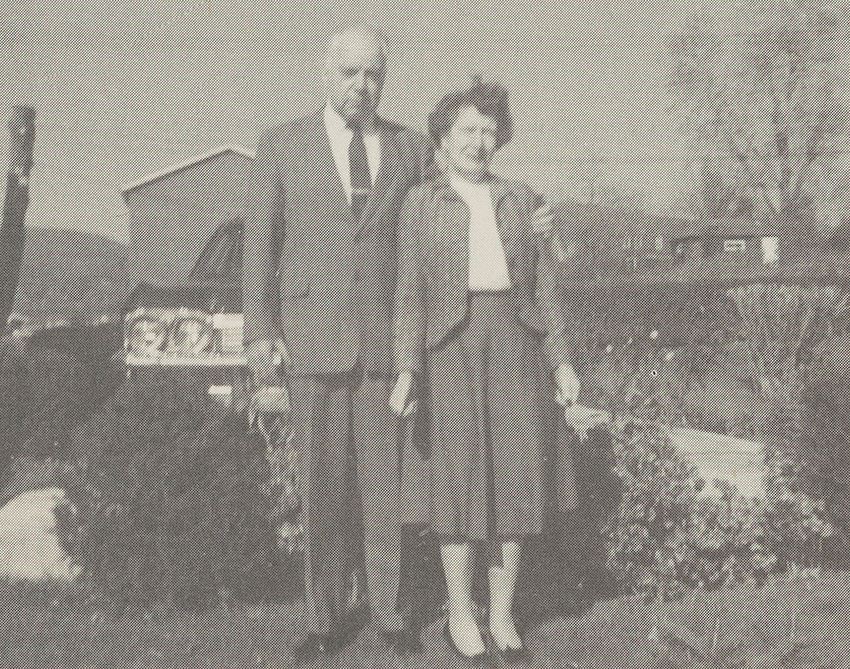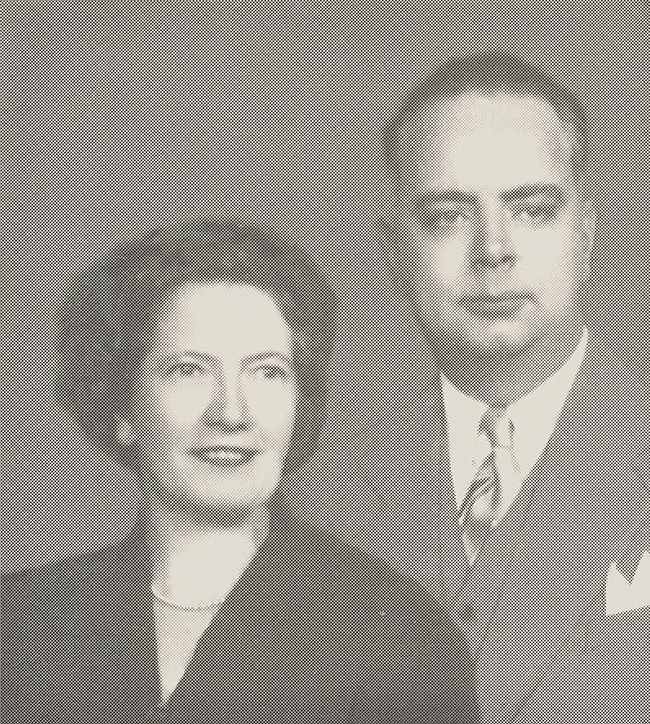He drove a New York City cab, and she nursed the sick. Fund at The Trust supports the environment.
Sarah Rogers (1906-1988)
Harry Rogers (1909-1993)
Once upon a time . . . When subways were a nickel and movies a quarter. When the Dodgers lived in Brooklyn. When Long Island was mostly farmland.
The marriage of Sarah and Harry Rogers was a storybook romance. He was a prince of the streets, a New York City cabby—a big, soft-spoken, but nevertheless garrulous, first-generation Irishman who loved to tell tales, visit his mother, and brag about the Yankees. She was an Irish refugee, a shy, sincere, and hard-working nurse to the infirm and elderly. Together they wrote a story of lifelong love and mutual regard, lived out for the most part in obscurity, until a surprise ending that allows their generous natures to live on in the Sarah and Harry Rogers Fund in The New York Community Trust.
Sarah was born in Donegal, Ireland, on St. Patrick’s Day, 1906. Raised on a farm by her parents, John and Mariah, she helped them run the farm until she left home at age 14. In the Ireland of 1920, space as well as money was in short supply; her brother was getting married, and his wife was moving into the family homestead. Finding it difficult to secure employment, Sarah emigrated to the United States in 1927. She first lived in Boston, working as a housekeeper for Bishop William Lawrence, Boston’s leading Episcopal clergyman. She then became a licensed practical nurse and moved to New York City to work as a home care nurse.
Harry was a born-and-bred New Yorker. Although he “never had a nickel,” in the words of his nephew, John Ring, he was the main source of support for a single-parent home of six brothers and sisters. His family came first: He postponed his marriage for six months to let a sister graduate first from college, and he took his mother to Bingo three or four nights a week until her death.

Harry and Sarah met in what passed for a prince’s carriage: Harry’s taxicab. Sarah was a passenger. They started talking, he asked for a date. Thus began a conversation that lasted almost 40 years. They were married in September 1949 at the Church of the Incarnation in the Washington Heights neighborhood of Manhattan. Sarah was Protestant, so the ceremony took place in the rectory. They lived in an apartment on 111th Street between Amsterdam Avenue and Broadway. Because they were of different faiths—she attended St. John the Divine, he the Church of the Holy Ascension—they alternated churches every Sunday.

One word describes their relationship: inseparable. On weekends, they loved to play bridge and canasta with friends. Another favorite activity was renting horses for long rides in Central Park. Except for his garrulousness and her reserve, they shared similarities, most notably generous natures. Harry’s niece Carol Sarel remembered that “both were incredibly honest, sincere, and generous people. Both put the care and welfare of others ahead of themselves. Both loved rendering assistance to others.”
Good feelings and high praise for Harry and Sarah were not restricted to their families. Sarah’s career as a home care nurse brought her into the Park Avenue homes of the wealthy, including the descendants of Eli Lilly, the pharmaceutical company founder. As her niece Sarah Cassidy explained: “She was a very bright person. In addition to being a genuinely caring person, she was extremely frugal, knew how to handle money, made good use of her time, and was extremely honest.”

The surprise ending to the story of Harry and Sarah was that when they died—Sarah in 1988 and Harry in 1993—the estate of the nurse and the cabby was worth more than $2 million. The qualities that brought them together and endeared them to their families were also qualities that won the hearts of Sarah’s patients. They showed their appreciation by remembering her in their wills.
Carol Sarel, Harry’s niece, said the Rogers’ lives remained unchanged by money. Sarah’s dream was to move to Long Island and buy a house. Harry protested that he—the cabby who knew every nook and cranny of New York—would get lost “out there.” So, they stayed on 111th Street and lived out the lives they had built together.
When Sarah set up the Sarah and Harry Rogers Fund in her will, their mutual concern for the environment led to the fund’s purpose: the maintenance and upkeep of New York City parks and protecting the city’s air and water.
